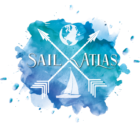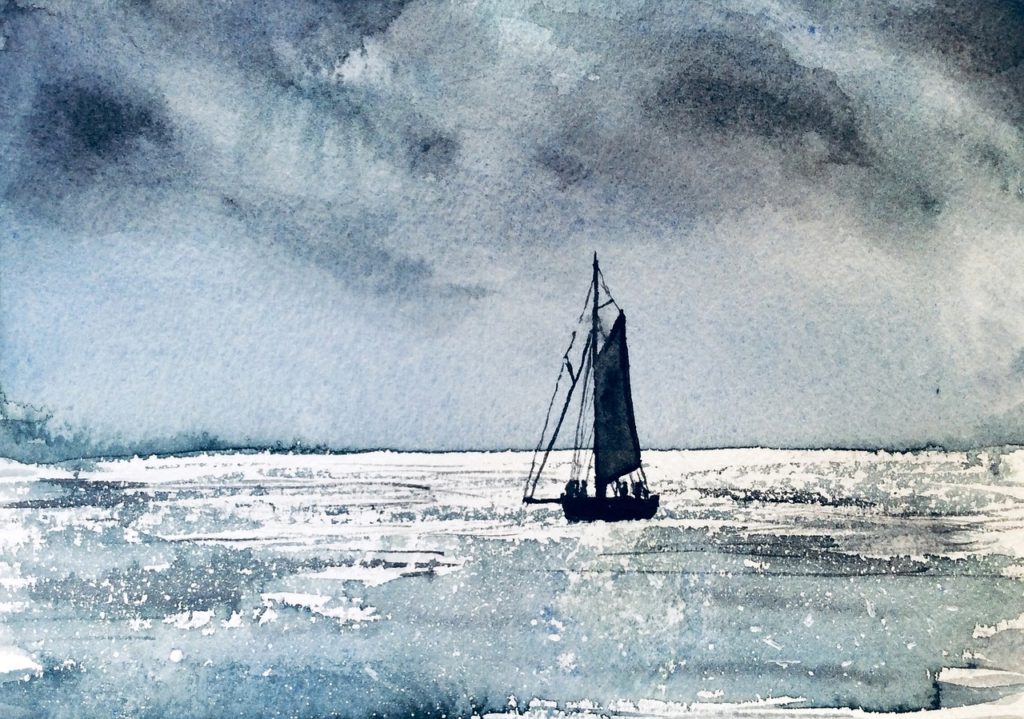Are you new to the world of sailing and finding yourself lost in a sea of unfamiliar terms? Don’t worry! In this beginner’s guide, we’ll explore some general sailing terminology to help you navigate the waters with confidence.
- Bow and Stern: The bow refers to the front of the boat, while the stern is the back.
- Port and Starboard: Port is the left side of the boat when facing the bow, and starboard is the right side.
- Windward and Leeward: Windward is the direction from which the wind is coming, while leeward is the opposite direction.
- Tacking and Jibing: Tacking involves turning the bow of the boat through the wind to change direction, while jibing is turning the stern of the boat through the wind.
- Mainsail and Headsail: The mainsail is the primary sail attached to the main mast, while the headsail is a smaller sail in front of the boat.
- Halyard and Sheet: Halyards are ropes used to raise and lower sails, while sheets control the trim or position of the sails.
- Keel and Rudder: The keel is the fin-like structure underneath the boat that helps prevent it from capsizing, while the rudder is used to steer the boat.
- Tiller and Helm: The tiller is a lever connected to the rudder, allowing the sailor to control its movement. The helm refers to the steering apparatus as a whole.
By familiarizing yourself with these essential sailing terms, you’ll gain a better understanding of the sport and be able to communicate effectively with other sailors. So grab your life jacket, set sail, and embrace the thrilling world of sailing!

